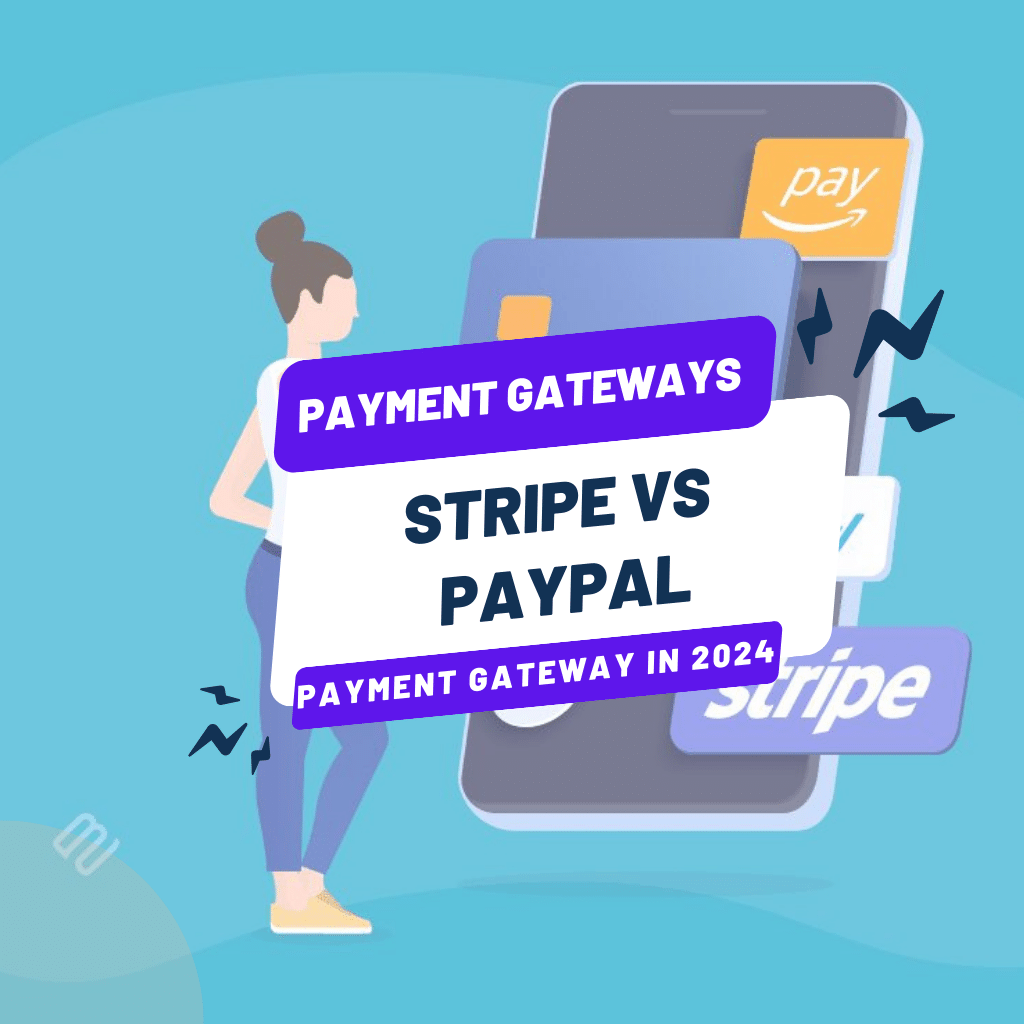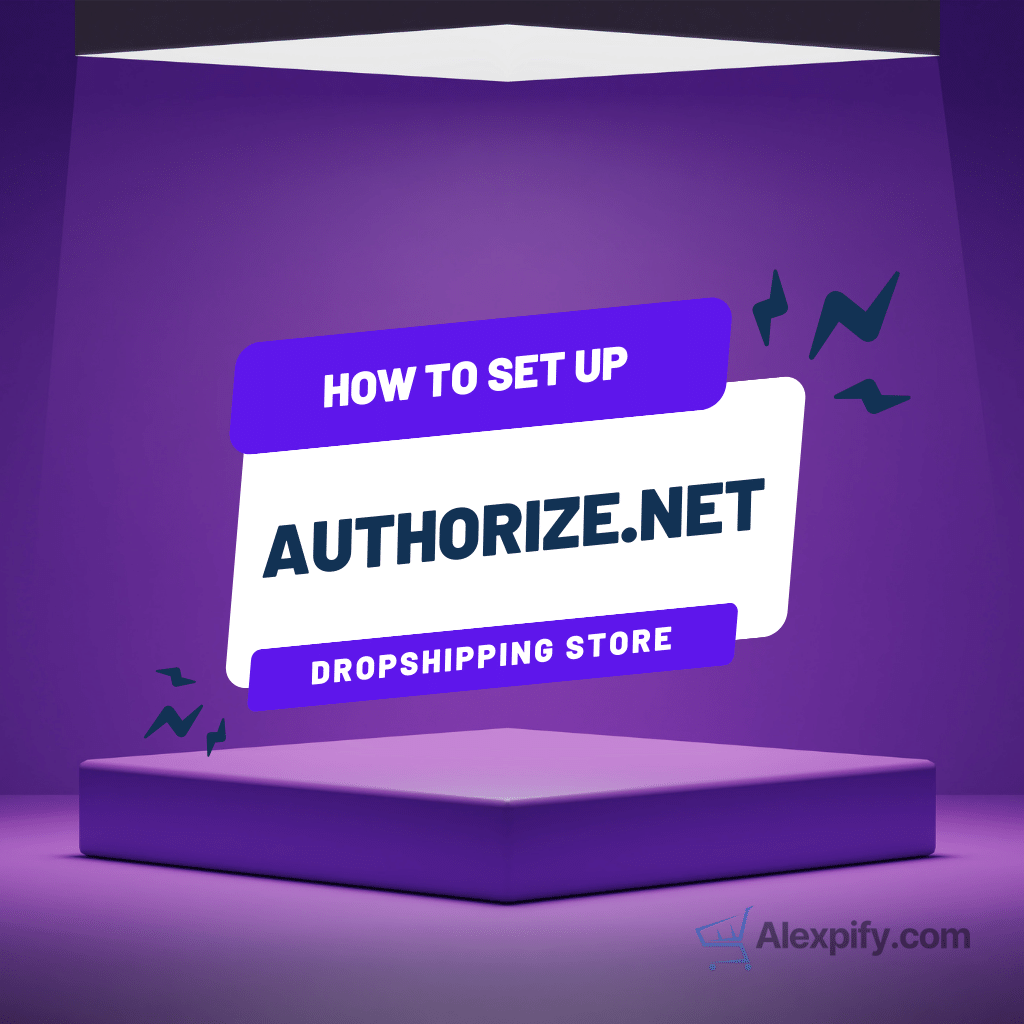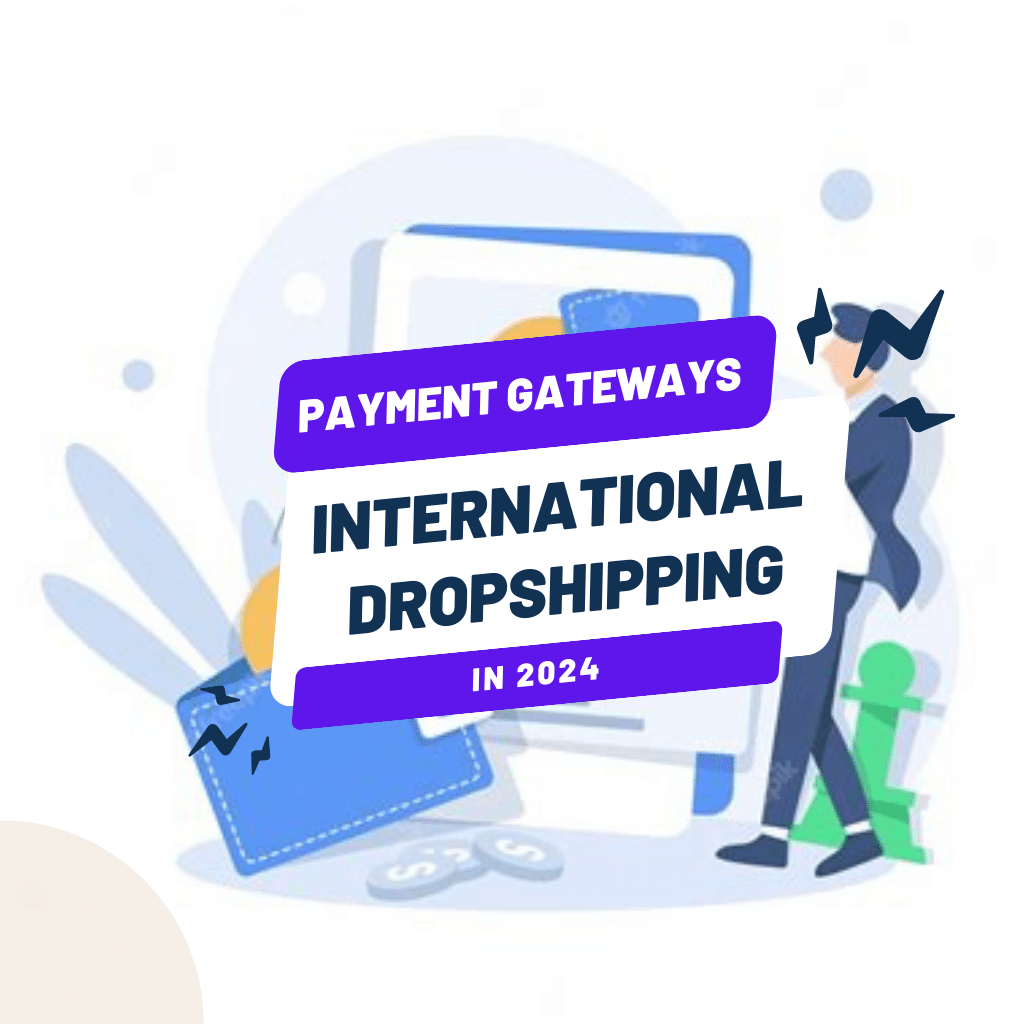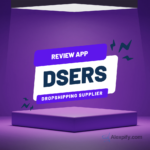Last Updated on July 10, 2024 by Alexpify
Online payments are the fuel powering successful dropshipping operations. Yet with countless payment gateways flooding the industry making distinct promises, determining the ideal payment partner for your ecommerce store is daunting.
This comprehensive head-to-head comparison examines two leading platforms – Stripe and PayPal – to reveal which payment gateway delivers the features, functionality, and seamless integration best suited for scaling dropshipping businesses in 2024 and beyond.
Background on Stripe and PayPal
Launched in 2009, Stripe provides online payment processing services to millions of global internet businesses. Stripe accepts over 135 currencies and is renowned for superior developer tools facilitating embedded payments in web and mobile apps.
PayPal (established in 1998) connects over 429 million active consumer and merchant accounts worldwide enabling online money transfers and payments processing. Along with core payment gateway capabilities, PayPal also provides targeted solutions for marketplaces, global commerce, and enterprise merchants.
We contrast Stripe vs PayPal across 8 vital criteria dropshipping merchants evaluate when selecting payment solutions to power revenue growth.
1. Pricing and Fees
Transaction fees eat heavily into ecommerce profit margins so comparing rates matters.
Stripe pricing consists of a simple 2.9% + $0.30 fee per successful card charge with no monthly fees. Stripe Connect accounts for marketplaces charge an extra 1% with volume discounts available.
PayPal charges slightly higher tiered pricing based on monthly sales volume, averaging around 2.9% + $0.30 per transaction for most dropshipping transactions. Additional fixed fees apply for micropayments. Monthly statements don’t apply.
Slight advantage to Stripe yet both offer competitive pricing. Carefully evaluate tiered pricing, which may provide better rates on higher order values common with dropshipping.
2. Currency Conversion and Global Payments
The lifeblood of dropshipping involves sourcing inexpensive products abroad and selling to customers worldwide. This necessitates flawless handling of global payments and currency conversion.
Stripe natively supports over 135 currencies. Dynamic currency conversion allows buyers to pay in their preferred currency. Stripe charges a typical 2.9% on all international card transactions with no foreign transaction fees.
PayPal similarly auto converts and supports over 100 currencies with market-rate currency conversation. Fees consist of a 4.4% cross border + fixed fee surcharge on top of base fees.
Slight win to Stripe for simpler international pricing yet both skillfully tackle global payments.
3. Fraud Protection and Dispute Management
Dropshipping carries increased fraud and chargeback risk with card-not-present transactions on high value goods. Robust fraud prevention tools and dispute processes are essential.
Both Stripe and PayPal deploy AI and machine learning to detect fraudulent payments. Each monitors historical buyer patterns and transaction attributes to minimize fraud.
Stripe Radar learns from the Stripe network to catch fraudsters. Automated rules then block risky payments or send them for manual review. Chargeback management assists resolving issues.
PayPal similarly leverages billions of transactions to train cutting-edge models identifying threats before an order fulfills. Case management tools help resolve disputes.
Draw regarding advanced fraud capabilities so merchants are well protected by both.
4. Developer Tools and Integrations
Creating seamless embedded payments within online stores and custom apps is vital for merchant sales and customer delight.
As a leading technology company, Stripe provides exceptional libraries and SDKs for simplicity integrating Stripe with all major platforms and software languages for custom development.
Stripe Checkout offers a pre-built payment portal to immediately capture revenue today with minimal integration work needed.
PayPal Checkout similarly makes embedding fast payments easy along with robust REST APIs and SDKs supporting popular development frameworks. The Payflow Gateway and Braintree (a PayPal service) also facilitate integration.
Slight advantage to Stripe for breadth of dev resources yet both enable straightforward payments embedding.
5. Platforms and Partnerships
Relying on channels like online marketplaces often complements running a standalone dropshipping website. Leveraging major ecommerce platforms also fuels success.
As the platform of choice for countless Silicon Valley startups, Stripe seamlessly integrates with virtually all modern software platforms businesses use today – from Shopify to Wix to BigCommerce. Stripe also facilitates Marketplace creation.
And thanks to native integrations with market leaders like Magento and WooCommerce along with various Shopify App Store offerings, PayPal adeptly powers payments for the world’s top ecommerce apps and platforms merchants rely on to sell globally.
Too close to declare a winner. Both stripe and PayPal interoperate flawlessly.
6. Reporting and Analytics
Accurately tracking key business metrics using payment data guides smart decision making for merchants. Comparing reporting functionality is instructive.
The Stripe Dashboard delivers excellent visibility into all essential payment activity analytics like payments volume, successful charges, dispute rates and more with filtering to slice data. APIs allow exporting raw data.
PayPal also provides a detailed reporting dashboard highlighting transactional insights and trends. Custom report building options and downloadable CSV data for offline analysis gives merchants control over tracking all payment activities.
Negligible differences exist on the reporting and analytics front. Stripe and PayPal both enable data-driven management.
7. Account Support and Services
Inevitably, payments issues arise needing expert assistance. Weighing available support channels provides insight on what help expect when problems occur.
Stripe offers 24/7 priority email and chat support along with extensive documentation and Stack Overflow integration to tap into its global developer community for real-time answers. Phone support requires a Premier or Sales representative.
Alternatively, PayPal provides 24/7 customer service via phone, chat, Twitter support, message center, and various help centers staffed by knowledgeable representatives to quickly solve merchant issues when they arise.
Advantage to PayPal for telephone access and additional avenues receiving urgent support.
8. Additional Tools and Features
An array of supplementary capabilities also contribute to a payment gateway’s utility. We highlight select differentiators.
Unique Stripe features consist of Atlas for forming US business entities optimized for internet commerce, Stripe Capital for accessing funding, Stripe Tax for managing sales tax compliance, and the Stripe CLI to deploy products faster.
Distinct PayPal attributes include extensive optimization for marketplaces via PayPal Commerce Platform tools, advanced micropayments capabilities, and the ability for buyers lacking PayPal accounts or cards to pay by bank transfer or cash pickup options at retail locations.
The scale of value-added services is too substantial to declare a winner. Consider specific needs.
The Verdict: Stripe or PayPal for Dropshipping?
When comparing Stripe vs PayPal for dropshipping businesses, there is no universally superior option. Both globally trusted payment gateways allow efficiently accepting payments online and have solutions catering to ecommerce.
Stripe excels providing a fully embeddable payments infrastructure with incredibly flexible dev tools for customizing checkout and digital experiences across platforms.
PayPal holds advantages with supplementary services fine-tuned for running online marketplaces, advanced account support, and facilitating alternative payment types.
Carefully weigh rates, fraud protection, integrations, reporting, and support against your business priorities. In many cases, supporting both Stripe and PayPal payments maximizes sales from customers with differing payment method preferences.
Implementing the right payment gateway creates seamless buying experiences, enables scaling internationally, and protects businesses from threats as the commerce landscape evolves. Consider your specific needs when choosing between Stripe vs PayPal to fuel your dropshipping venture.








